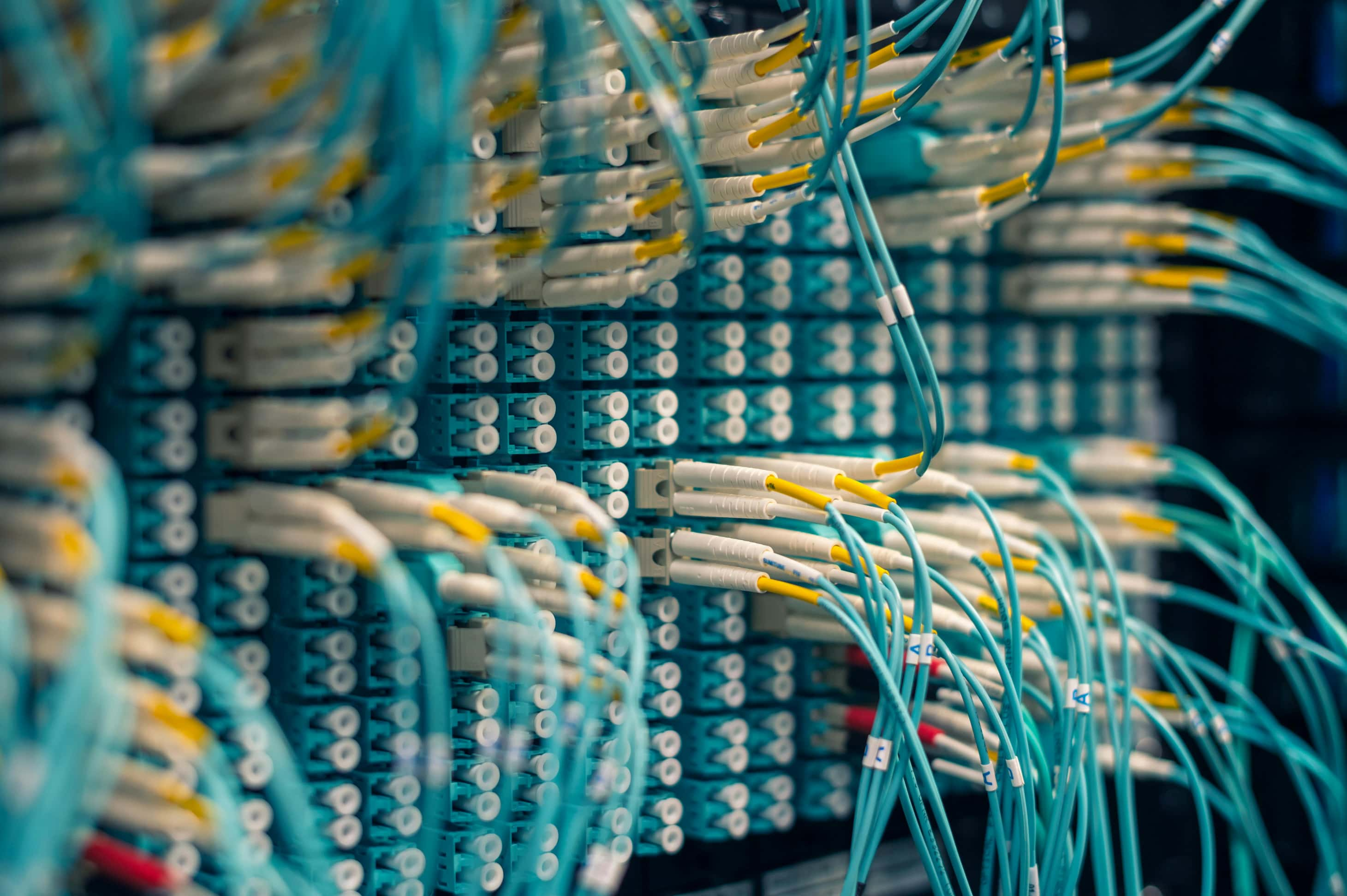What is a Neural Network?
At the start, just a few words about what it is. You probably already know. Yes, it's a system that, in some ways, mimics the human brain. It can "learn" and make predictions. For example, neural networks can recognize your face in a photo, recommend movies based on your preferences, or even predict the weather. Or, much more!
In a sense, you can think of it as a cybernetic friend who learns just like you, but faster and with less stress (trust me, machines don’t know what "forgot the password to email" feels like). However, the most interesting things happen when we try to apply a neural network to practical tasks!
Some Examples of Neural Network Applications
- Face recognition. Super useful! Just what you need!
- Review analysis. Neural networks can process vast amounts of information online, discard useless data, and highlight the key points. A huge time-saver!
- Automation of processes. If you work in finance, neural networks can predict market trends and help you make more informed decisions.
How to Open a Neural Network?
Before we connect the neural network, we need to open it. The choice of development environments and libraries for neural networks depends on your preferences. Here are a couple of the most popular ones:
- TensorFlow – A great library by Google. If you want your neural network to be smart and capable, just connect TensorFlow.
- PyTorch – For the creative ones. Let’s say you’re the type who wants to build models quickly and conveniently. Everything you need is right there, and it’s never been easier!
- Keras – If you don’t want to dive into the complexities, Keras is a great option. It’s like a constructor for kids: put the pieces together, and it’s done! And since Keras integrates TensorFlow and Theano, you should definitely give credit to the developers!
After installing the library, you can open the neural network like a new file. Here’s a simple piece of code (easy to remember, by the way):
python import tensorflow as tf # or import torch
By the way, if you haven’t installed the libraries yet, feel free to use the command line. It’s that simple:
bash pip install tensorflow
This is like taking an important step in life—install it, and it feels like you’ve opened a new chapter, right?
How to Connect a Neural Network?
Now let’s move to the most interesting part—connecting the neural network. First, create the model. In it, you’ll define how your neural network will process information. Here’s an example of creating a model in Keras:
python
model = tf.keras.Sequential([
tf.keras.layers.Dense(64, activation='relu', input_shape=(input_shape,)),
tf.keras.layers.Dense(64, activation='relu'),
tf.keras.layers.Dense(10, activation='softmax')
])Look, in this example, we created a sequential model – Sequential. It consists of two layers. The first is a fully connected layer with 64 neurons. The second is the output layer with 10 neurons.
If you don’t understand how this works, don’t worry! It’s okay. Just remember that each layer performs millions of mathematical operations.
Now, We Need to “Build” the Neural Network
In Keras, this is done like this:
model.compile(optimizer='adam', loss='sparse_categorical_crossentropy', metrics=['accuracy'])
Preparing the Data
Gather, process, and prepare the data that the neural network will work with. Take this step seriously! If your neural network is learning to distinguish between apples and pineapples, make sure you have quality images of both!
To get the data, you can use different technologies. For example, the Pandas library:
import pandas as pd
Let’s load the data:
data = pd.read_csv('data.csv')Training the Model
Now, here comes the moment of truth! It’s like the final chord at a concert. Train the model with your data:
model.fit(x_train, y_train, epochs=5)
Here, epochs are the number of training cycles. The more cycles, the better! But don’t overdo it, or your model might "overtrain," which is not good for it.
Evaluating the Model
After training, be sure to test your neural network.
test_loss, test_acc = model.evaluate(x_test, y_test)
print('\nTest accuracy:', test_acc)If everything went smoothly, congratulations! You just connected a neural network. But don’t celebrate too early. It’s always worth testing how it behaves in real-world, "battle" conditions.
Deploying the Model
Now that your neural network is ready, it can be deployed. Yes, you can use it in your applications. For example, you can try embedding it into a web application using the Flask or Django framework.
Here’s a simple example with Flask:
from flask import Flask, request, jsonify
import numpy as np
app = Flask(__name__)
@app.route('/predict', methods=['POST'])
def predict():
data = request.json
prediction = model.predict(np.array(data['input']).reshape(1, -1))
return jsonify({'prediction': prediction.tolist()})
if __name__ == '__main__':
app.run()Now, send a POST request with data and try to make a prediction. Did it work? Awesome! Not bad, right? Now you can have a conversation with your neural network, like it’s your best friend!
What’s Next?
We’ve covered all the steps, from opening a neural network to connecting it. I believe you can use this information to create your own simple projects or start something completely new!
Connecting a neural network is like cooking on your own for the first time, say, making pizza. Yes, there are some difficulties, and you might end up with a "burnt" result now and then. But in the end, you’ll create something amazing—a unique experience of "discovery." Remember, mistakes are just steps toward success!
So, grab a cup of coffee or tea with milk, get some snacks, and start creating!






